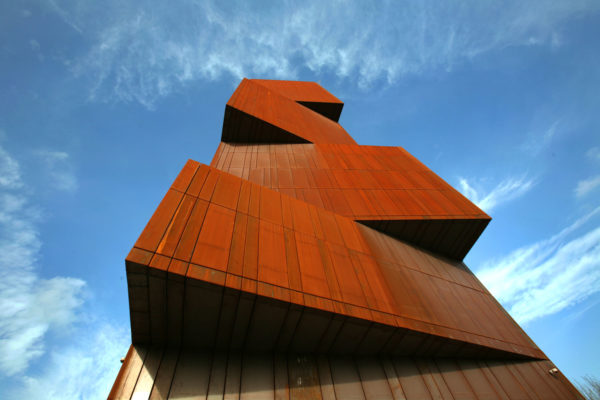
| Date | Author |
|---|---|
| 24th September 2019 | Graham Hill, SUMS Associate Consultant |
In the second of three posts looking at what will constitute The Campus for the Future, SUMS Associate Graham Hill summarises research from across Europe on the interplay between physical and virtual campuses. In particular, Graham explores the preferences of today's student population - you may be in for some surprises!
The Norwegian University of Science and Technology (NTNU), recently played host to university leaders from across Europe attending the European University Information Systems (EUNIS) Conference. With 2,200 Higher Education providers in Europe’s 24 member states, there are significant areas of potential collaboration, sharing and best practice from which the UK can benefit. Prof. Alexandra den Heijer and the campus research team at the Delft University of Technology highlighted some of these in the keynote opening session.
Three different campus models have emerged over the last decade based on extensive European research into the way campuses are organised, each with positive and negative impacts for students and faculty:
- The traditional university characterised by a strong hierarchy, fixed organisational structures, exclusiveness including facilities provided within each faculty/school and individual territory and workplaces. Within the UK, we might characterise the University of Reading with its two discrete campuses in Reading (along with a third campus in Malaysia) as an example of this type of university.
- The network university where the campus is perceived as a market place of knowledge, where the campus is shared (perhaps with the City when it is co-located), there is much less “territorial” and more flexible use of spaces. An example of this type of institution might be Birkbeck University with its two campuses that are integrated within London amongst other prominent university spaces.
- The virtual university where staff and students work where they want and there are social surroundings provided which are outside the usual home and workplace – sometimes called a “Third Place”. The Open University comes most quickly to mind as a university within the UK firmly established as having a virtual delivery model.
Some Universities have invested heavily to provide hybrid approaches over the last decade which attempt to provide the best features of all three models.
So why do students tell researchers that they feel a physical campus will continue to be one of their favourite places to study?
Students say that the physical campus environment can protect them from “working day and night”, with ways to provide “regular working hours and deadlines”, and an environment which enables “focused and disciplined work”. So the study spaces of the campus of the future will likely need to accommodate the following:
- A traditional library environment where a range of study spaces are provided including group study, quiet study and silent study spaces. This will need to include high speed wired and wireless networking, and the necessary IT applications that students require.
- Learning spaces which are shared on the campus with other facilities – whether faculty spaces, student union-supported facilities or large atrium learning spaces. Working in flexible groups enabled by technology in various ways is an expectation of today’s and tomorrow’s student.
- Access to spaces which enable study including coffee shops, public libraries and other shared spaces which are not on campus. The challenge in these spaces is providing access in a secure and seamless way to the university learning environments and support services while not on a ‘university’ campus.
One of the key management challenges across Europe is the costly maintenance of campus spaces, the potentially inefficient use of space and, in some cases, the need for major ongoing investment to meet student expectations. Case studies of technology-enabled approaches include University of Cambridge (spacefinder mobile application), and KU Leuven (Toledo Mobile App).
Another potential way forward is the use of sensor technologies to provide significant management information about the frequency and occupation of learning and study spaces – harnessing the “big data” that is already collected in real-time and using it to search for patterns and predicted uses. Such a system could also provide students with the ability to navigate to find a quiet study space or book a group study facility using simple mobile apps, which are as easy as hailing an Uber cab! Smart tools are becoming available which enable real-time availability, booking project spaces, locating study places and ensuring those spaces have the facilities that students need.
If we are prepared to share more space and use smart tools to be more resource-efficient and student-focused, then the Campus of the Future, whatever models are chosen, could be exactly what the student needs to support their learning and study.
Keep an eye out for the third installation of our three-part series on The Campus of the Future from SUMS Associate Consultant Graham Hill in October. Read our first installation here.








